Conflict of Interest Letter Template
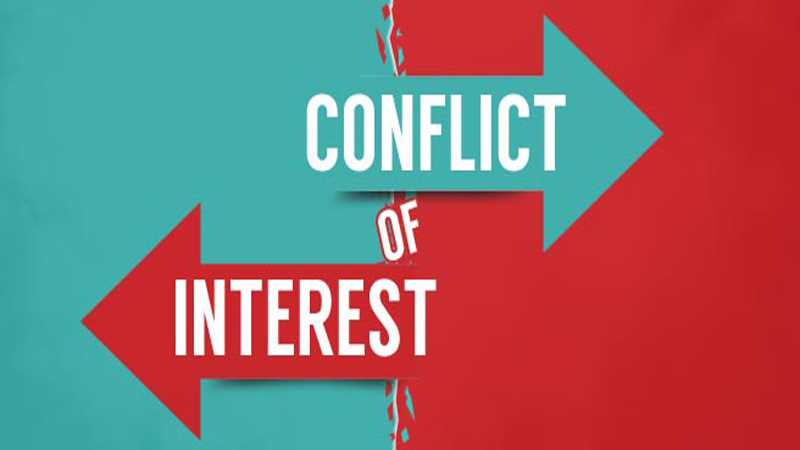
In various professional environments, it is essential to maintain transparency and avoid situations where personal matters might influence decision-making. This document provides guidelines for creating a clear and formal statement that addresses such situations, ensuring that all parties involved are aware of potential biases or conflicts.
When drafting this kind of formal statement, clarity and specificity are crucial. A well-structured document can help individuals and organizations navigate sensitive issues by clearly outlining potential concerns. It serves not only as a precautionary measure but also as a tool for fostering trust within professional relationships.
By understanding the key elements that make up this statement, professionals can effectively communicate their position, ensuring that ethical boundaries are maintained. A proper document serves as a safeguard, allowing for open dialogue and resolution of any concerns before they escalate into larger problems.
What is a Conflict of Interest Letter
This document serves as a formal declaration intended to disclose situations where personal interests may impact professional responsibilities. It is a vital tool used to maintain transparency and avoid any potential bias in decision-making processes.
The primary purpose of such a statement is to clearly communicate to relevant parties that an individual or organization has identified a possible issue that could influence their actions or judgments. By acknowledging these circumstances upfront, it ensures that all parties involved are aware and can take necessary steps to address the matter.
It is typically required in environments where impartiality is crucial, such as in business, legal, and governmental settings. The document helps to establish trust by demonstrating accountability and a commitment to ethical standards, ultimately preventing situations that could lead to disputes or reputational damage.
Importance of Disclosing Conflicts in Writing
Transparency in professional environments is crucial for maintaining trust and ethical behavior. When personal factors might affect decision-making, it is vital to formally disclose these circumstances to prevent any misunderstanding or bias. Putting such disclosures in writing ensures that all parties are aware and can take appropriate measures to address the situation.
Building Trust Through Transparency
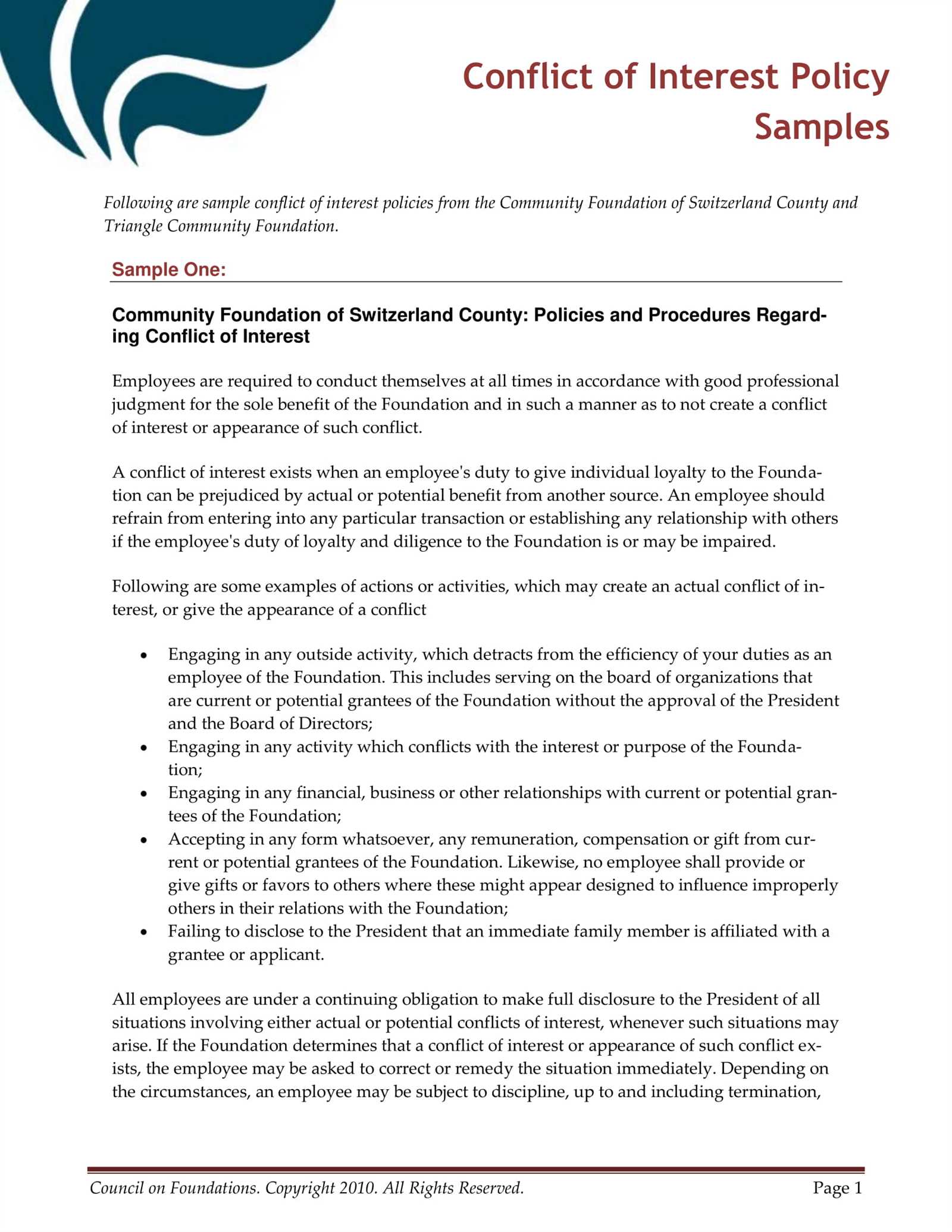
By clearly documenting any potential concerns, individuals demonstrate their commitment to ethical standards and fairness. This openness fosters trust within the organization or among colleagues, as it assures everyone that decisions are being made impartially and without hidden influences.
Legal and Professional Accountability
In many cases, written declarations also serve a legal purpose. They act as official records that can be referred to in case of disputes or audits. Having a formal record of such disclosures helps protect both individuals and organizations from potential legal or professional consequences.
Steps to Craft a Clear Statement
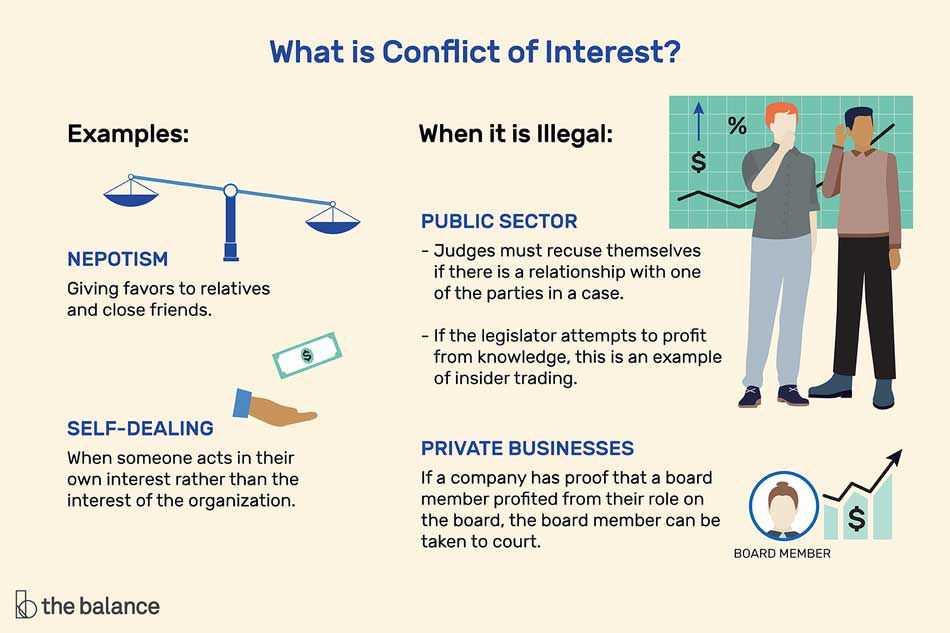
Creating a precise and effective disclosure document requires a structured approach to ensure clarity and professionalism. The goal is to communicate the relevant details without ambiguity, providing a clear explanation of any situations that may impact objectivity.
Start with a Clear Introduction
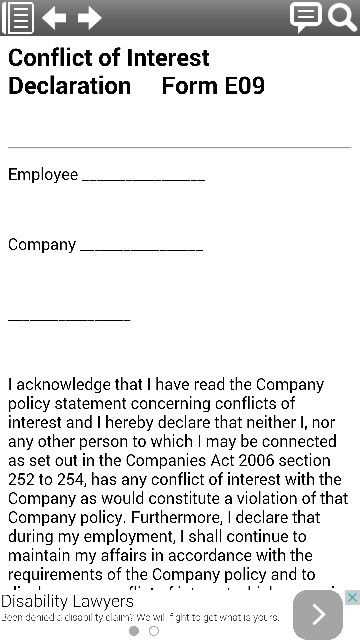
The first step is to introduce the purpose of the document. Clearly state that the aim is to disclose any circumstances that might influence decisions or actions. This sets the tone and context for the rest of the document.
Be Specific and Transparent
It’s important to detail the specific situation or relationship that could potentially lead to bias. Avoid vague language and focus on clear, factual descriptions. Transparency in this step ensures that all parties understand the nature of the disclosure and can assess its impact accurately.
Common Mistakes in Disclosure Statements
When creating a formal declaration to disclose potential biases or personal influences, there are several common errors that individuals often make. These mistakes can undermine the purpose of the document and lead to misunderstandings or lack of clarity.
- Vague Language: Using ambiguous terms or general statements without providing concrete examples can leave the document open to interpretation, reducing its effectiveness.
- Failure to Disclose All Relevant Information: Omitting important details or not fully explaining the situation can make the document seem incomplete and less trustworthy.
- Overly Complex Language: Using overly technical or complicated language can confuse the reader, making it difficult to grasp the main points of the disclosure.
- Inconsistent Formatting: A lack of structure or clear organization can make it harder for the reader to follow and understand the key elements of the statement.
- Late Disclosure: Delaying the submission of the statement until after a decision or action has been taken undermines the transparency and integrity of the process.
Legal Implications of Omitting Disclosure
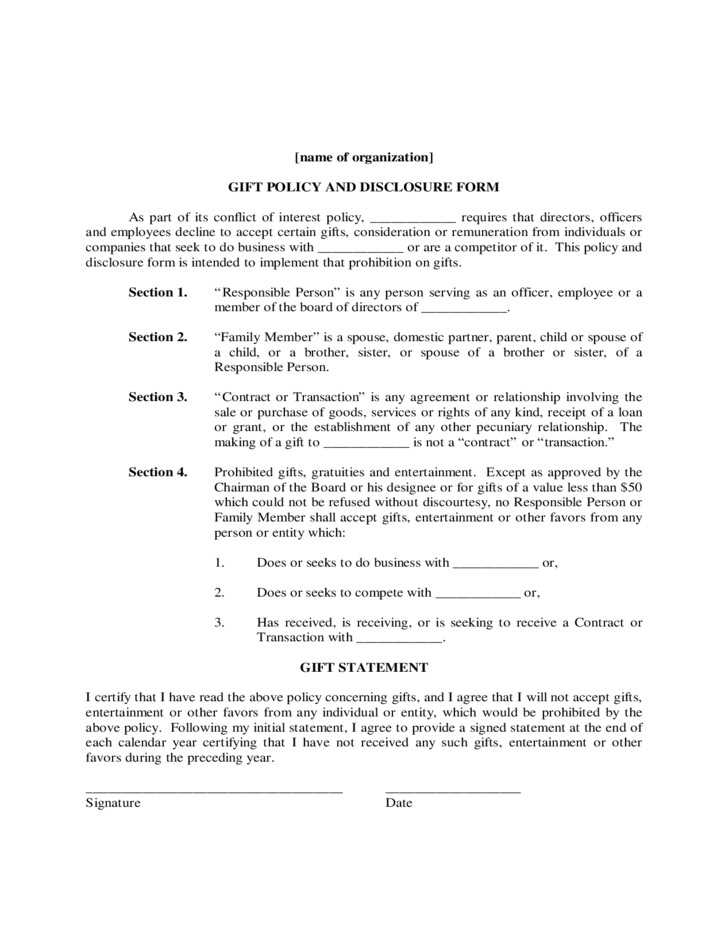
Failing to disclose situations where personal or financial interests might influence professional decisions can have serious legal consequences. When transparency is not maintained, it may lead to accusations of unethical behavior, breach of trust, or even legal violations. Organizations and individuals are often legally bound to disclose certain information to ensure fairness and accountability.
Omitting such information can result in lawsuits, regulatory fines, or loss of professional standing. In some cases, it can also lead to damage to the reputation of both individuals and organizations. By not being upfront, one risks creating an environment of distrust and potential legal exposure.
Templates to Help Draft a Letter
Having a clear structure for drafting a formal disclosure can simplify the process and ensure that all necessary details are included. Using a pre-designed format helps maintain consistency, clarity, and professionalism. These structures guide the writer through each important section, ensuring that the content is well-organized and covers all relevant points.
There are various resources available that provide customizable formats for these documents. These models can be tailored to specific situations, whether it’s for an individual, an organization, or a particular type of professional relationship. Utilizing such resources reduces the chances of overlooking important elements while ensuring compliance with standards and expectations.